Contact
Insight:
Revitalisation of an urban stream improves amenity and increases land value
Project description
This project includes transformation of a number of drains in the heavily urbanised 23.35 km2 Bannister Creek Catchment into living streams and wetlands. An economic study was undertaken on one of the sites which involved the conversion of a 320m section of the main drain into a natural channel to understand if these works improved amenity and impacted surrounding property prices.
The drivers
Transformation of urban drain into a living stream to improve amenity and waterway health
- Desire from local community to transform a straight urban drain which was used for illegal dumping and vandalism into a living stream which improved the waterway health and amenity of the site.
- Requirement to maintain stormwater conveyance from the urban and industrial catchment into the Canning River.
- Understand if the economic value of improved amenity associated with urban stream rehabilitation can offset the substantial costs associated with the works.
- Enable improved amenity to be quantified and valued as well as environmental benefits in decision-making processes.
Bannister Creek in 1998, prior to Living Stream restoration
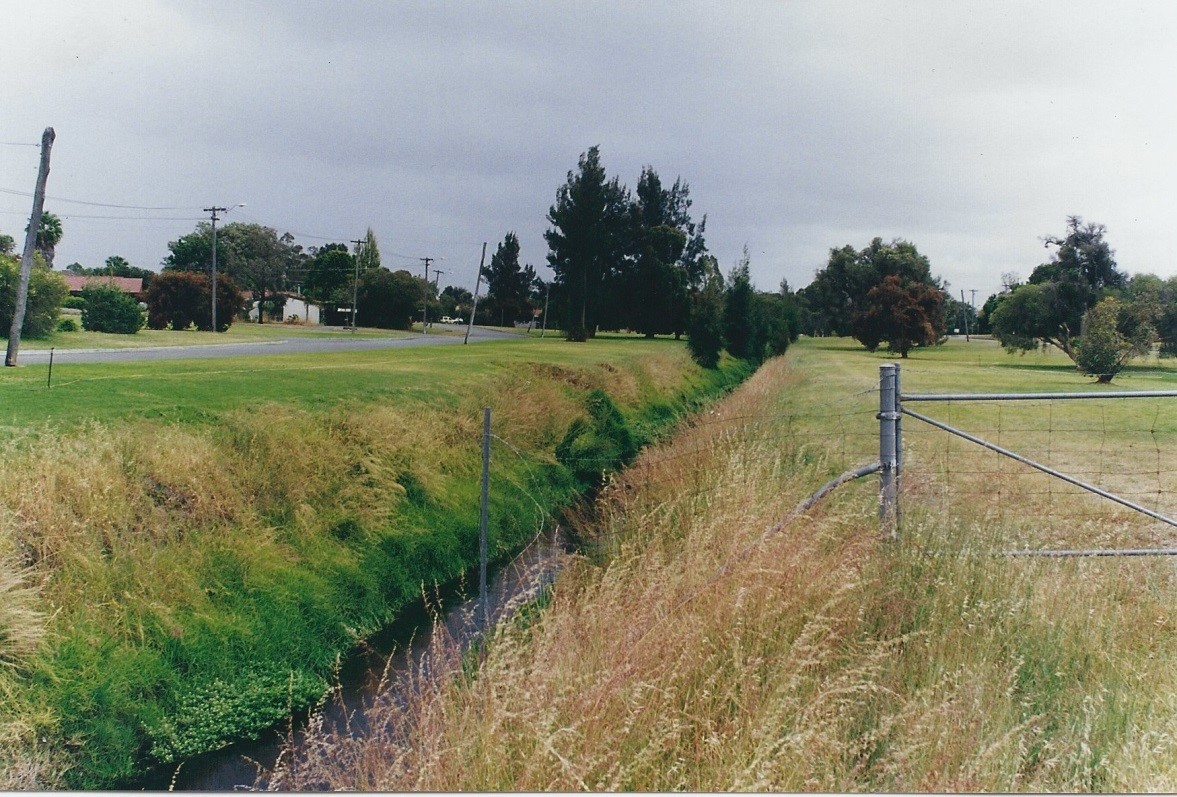
The innovations
Creation of multifunctional urban stream and use of hedonic pricing method to determine economic value of amenity improvements
- Recreation of natural stream features in existing urban area: The straight drain was converted into a more natural waterway without impacting flooding by creating meanders, riffles, gently sloped banks and heavily vegetated banks.
- Erosion control: Erosion control was crucial given the extent of the earthworks required and the fact that the waterway is an on-line system. Erosion control matting was used to stabilise the stream banks.
- Active community: The local catchment group helped to initiate the project and have been active participants throughout the project, assisting with revegetation works and weed removal as well as supporting school education and community events.
- Analysis of property sales before, during and after rehabilitation to estimate amenity value using hedonic models: Property sales data from 1990 to 2013 was analysed using a hedonic pricing method (the first stage of rehabilitation works was completed between 2000 and 2002). The analysis included six suburbs which are adjacent to the rehabilitation location and assumed houses within 200m of the living stream would be positively influenced. Out of 16,553 sales observations in the six suburbs during the study period, 339 are within 200m of the living stream, including 175 sales after 2000 when the project started. This comprehensive set data over time allowed a dull analysis to be made.
- Understand what uplift in surrounding property prices can be attributed to waterway naturalisation: The modelling identified the unique benefit attributed to improved amenity by taking into account the effect of general price inflation, the overall trend change in the price of homes in the area, and the unique attributes of the individual homes. This benefit which was identified to the local homes was aggregated along the length of the restoration project to understand the total benefit to cost ratio.
Bannister Creek after Living Stream restoration, in 2010
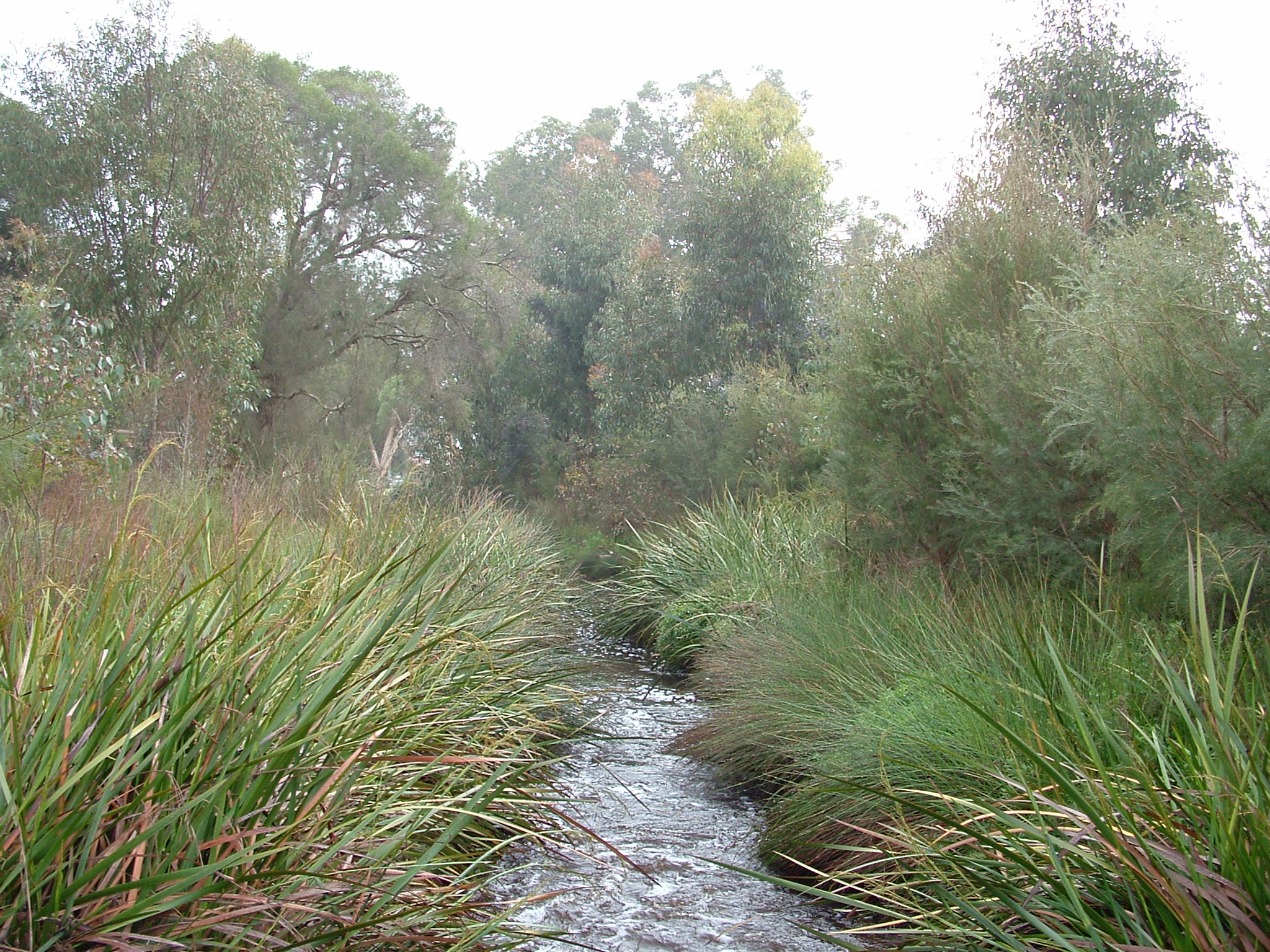
The lessons
- Plants and benefits take time to establish: The positive impact on property process did not become apparent until four years after the waterway naturalisation project was completed. There was actually a decrease in property values identified during the construction phases. Eight years later when the vegetation was fully established, there was an additional 4.4% increase in property value which could be attributed to improvement in amenity.
- Stream restoration can deliver measurable economic benefits: The analysis of this project shows that improvements to the stream created amenity that increased the value of nearby properties by 4.4%.
- Strong leadership is critical: A vocal and committed local community in conjunction with a persistent and driven project coordinator have been identified as critical to the success of the implementation of this project.
Transferability
The transformation of urban drains into natural waterways can be delivered across Australia. The design would need to consider local conditions such as flooding, soils, vegetation etc. While the amenity improvement data was collected in a suburb in Western Australia, it is not unreasonable to expect similar results would be measured in similar projects across Australia. The inclusion of strong community engagement and active project coordination is also essential to delivery.
Project stats
Location
Perth, WA, Australia
Participants
Awards
WA Landcare Awards 2001 - Living Streams Award
Australian Water Association WA Water 2014 - Grahame Heal Water Sensitive Urban Design Award
Additional information
Contact
The outcomes
 Cities providing ecosystem services
Cities providing ecosystem services

- Recreation of an urban living stream: Conversion of an eroded, weed infested urban drain into a heavily vegetated, natural channel which improves water quality as well as provides important habitat.
 Cities comprising water sensitive communities
Cities comprising water sensitive communities

- Active local community group: The local catchment group has been heavily involved in the living stream project, participating in revegetation and weeding projects as well as building community education and awareness.
- Amenity improvements outweigh project costs: House prices increased on average by a range of $17,000 to $26,000 per median house price above the general price trend in the area. Aggregation of this local data across the entire restoration site demonstrated that the amenity benefits outweighed the costs of the project.
Business Case
The project benefit-cost ratio of this project was determined to be 2.5 using a real discount rate of 7%. These results demonstrate that the amenity benefits associated with waterway naturalisation projects can heavily outweigh the costs.
| Costs | Benefits |
|
|
Interested in this solution?
We partner with small and large companies, government and industry in Australia and around the world.
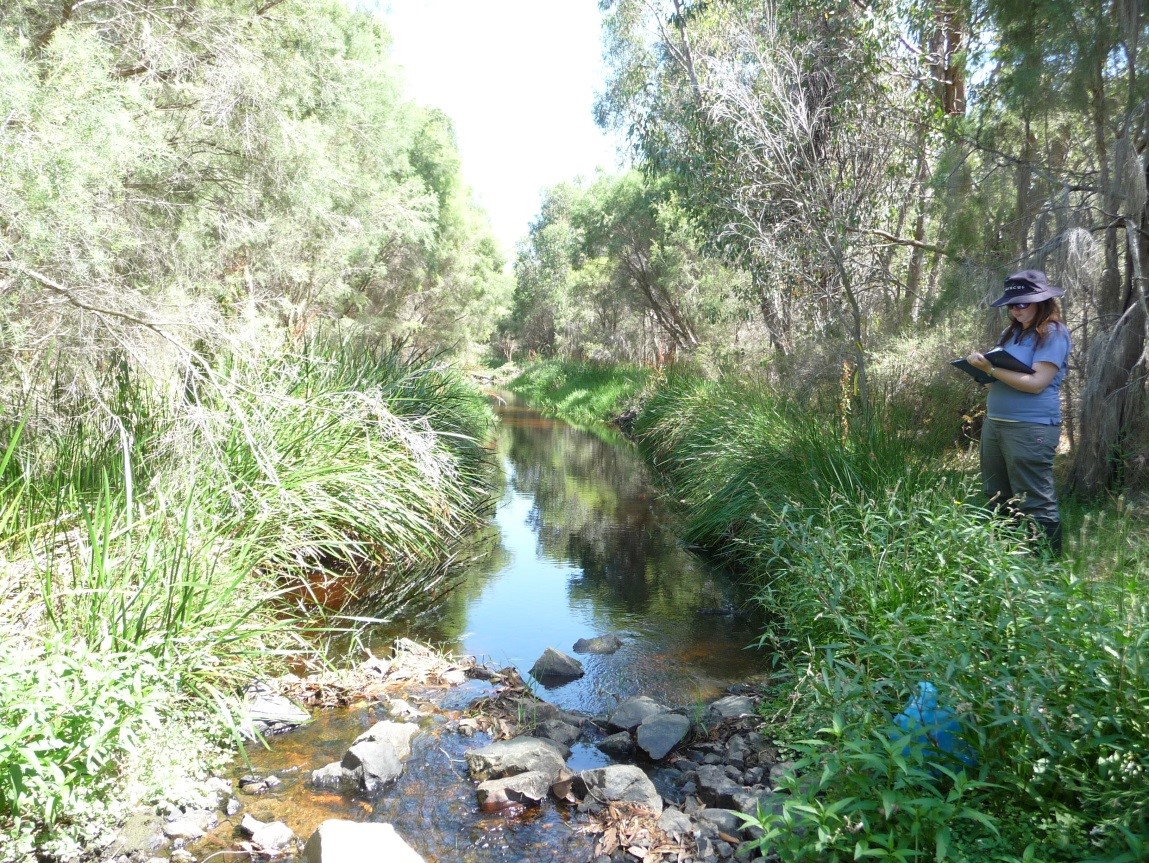
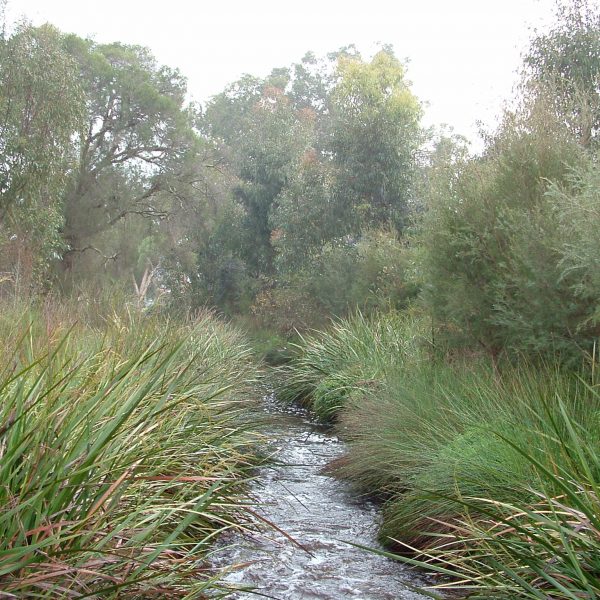
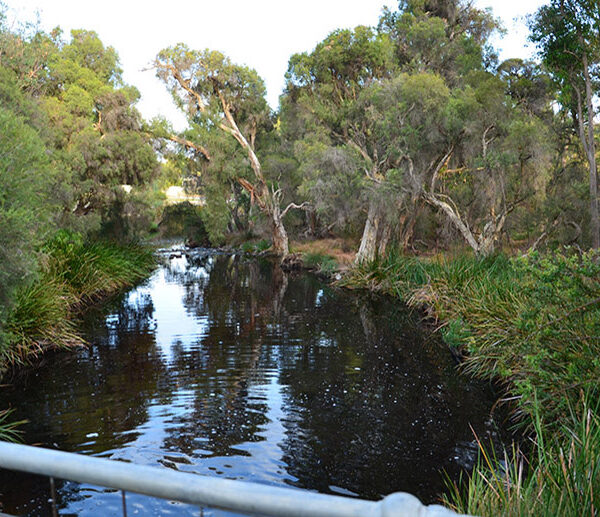
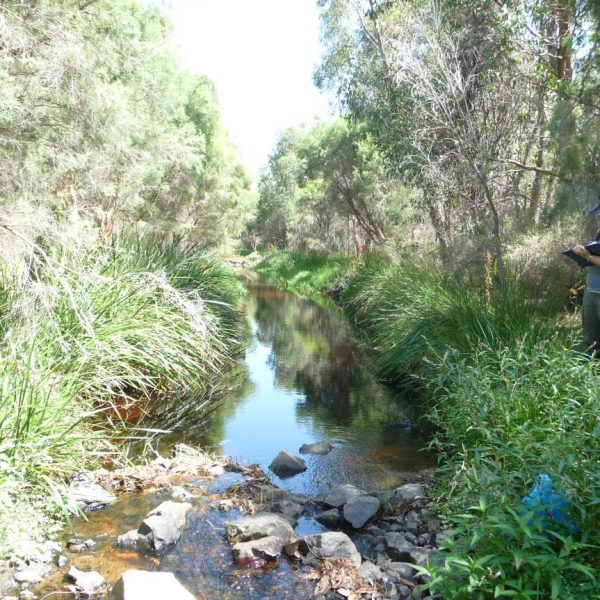
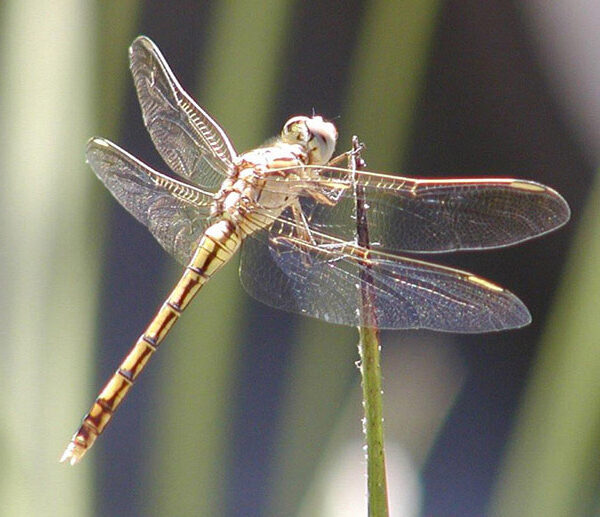
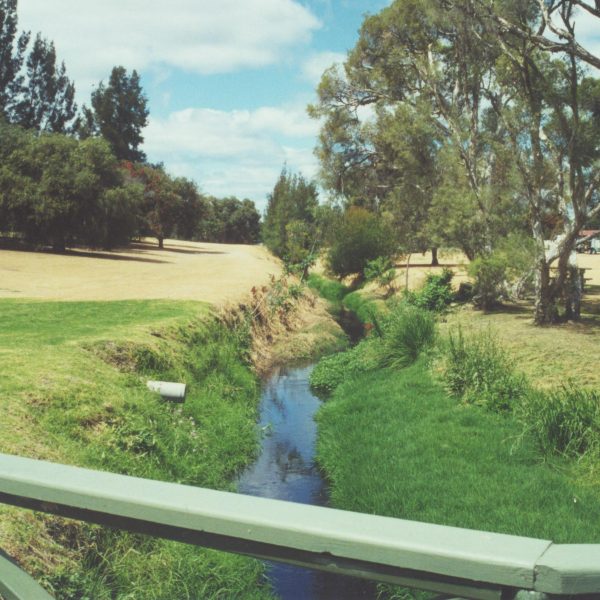
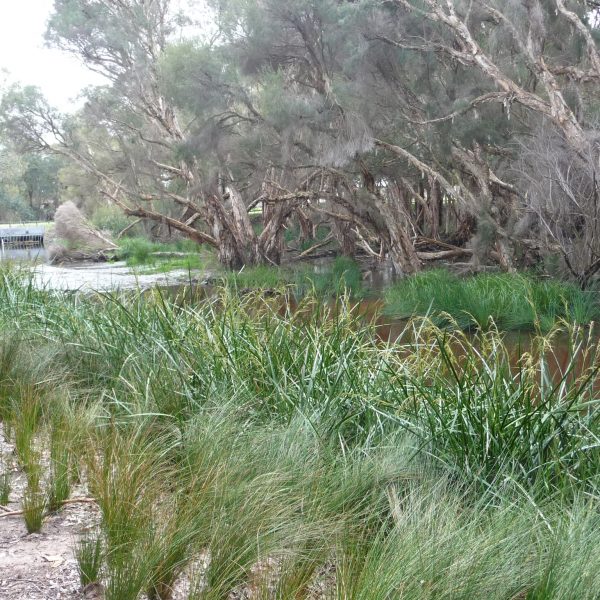
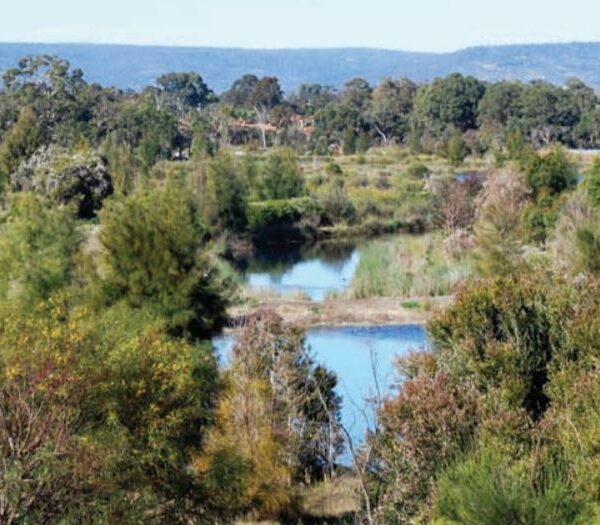
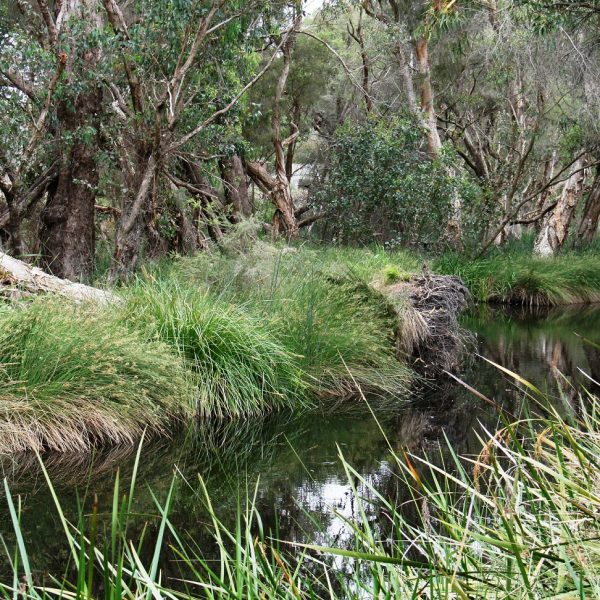
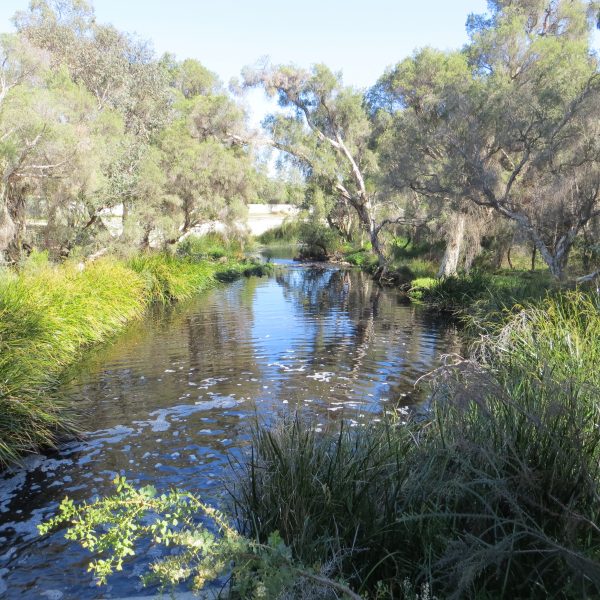
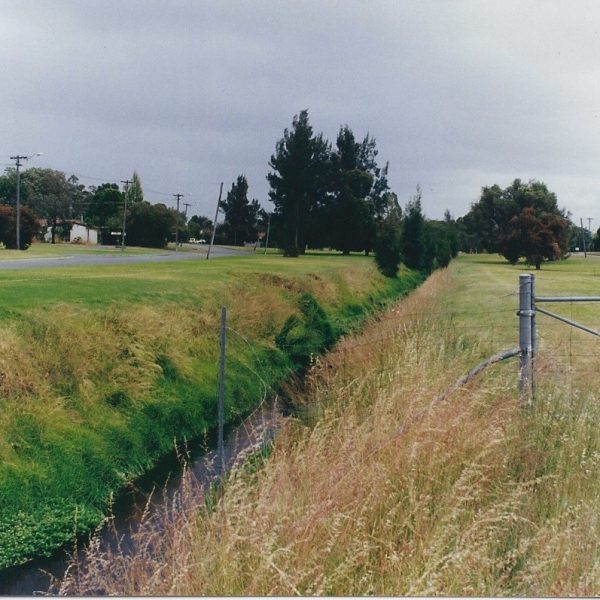
Comments